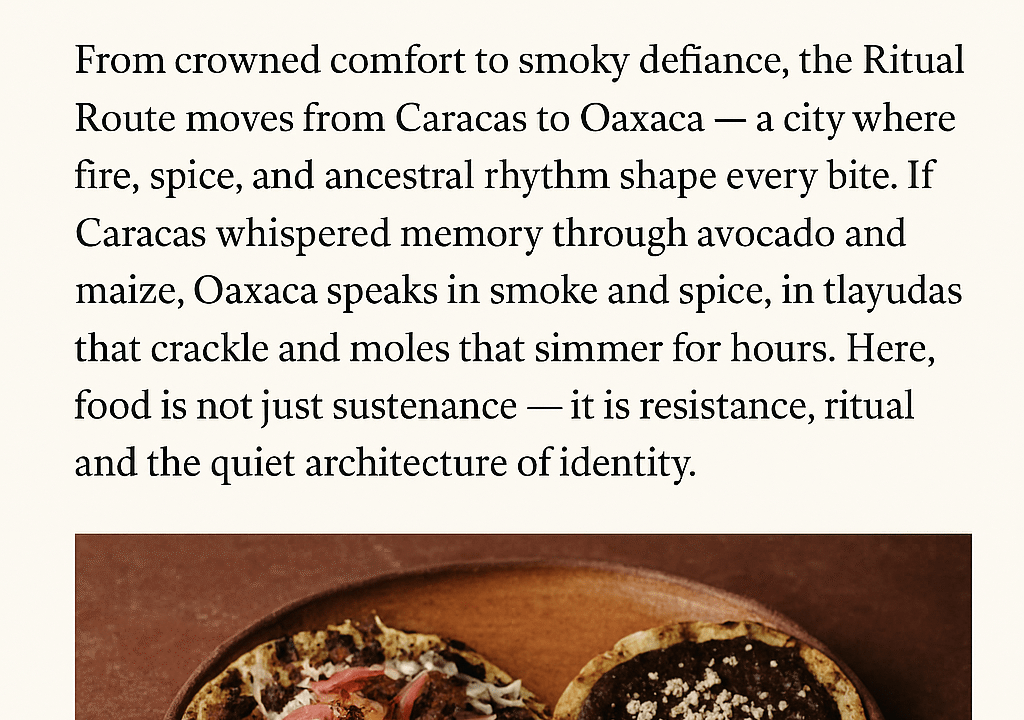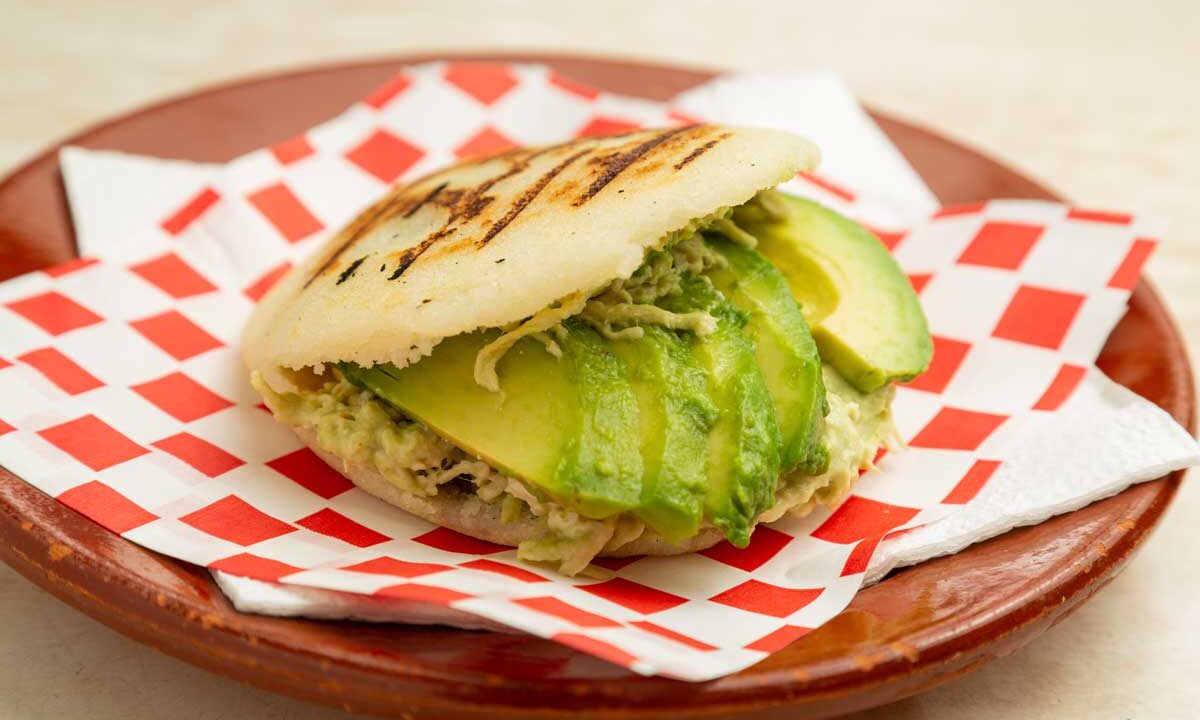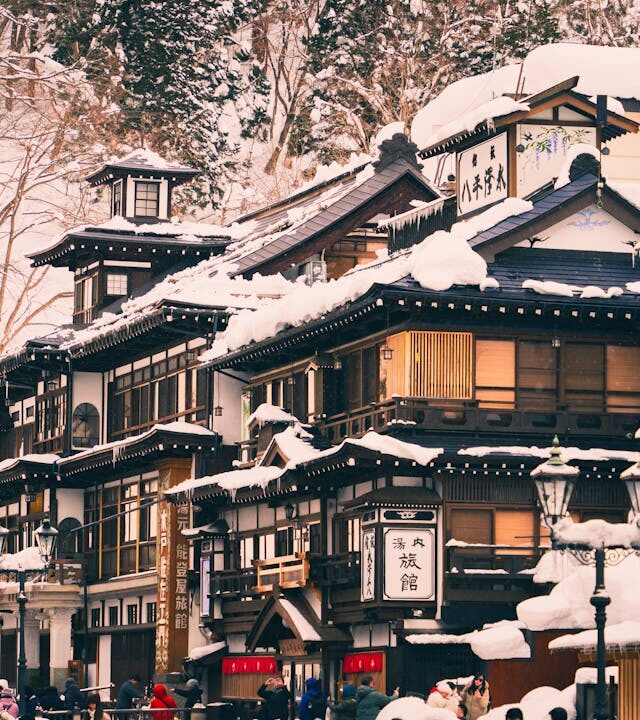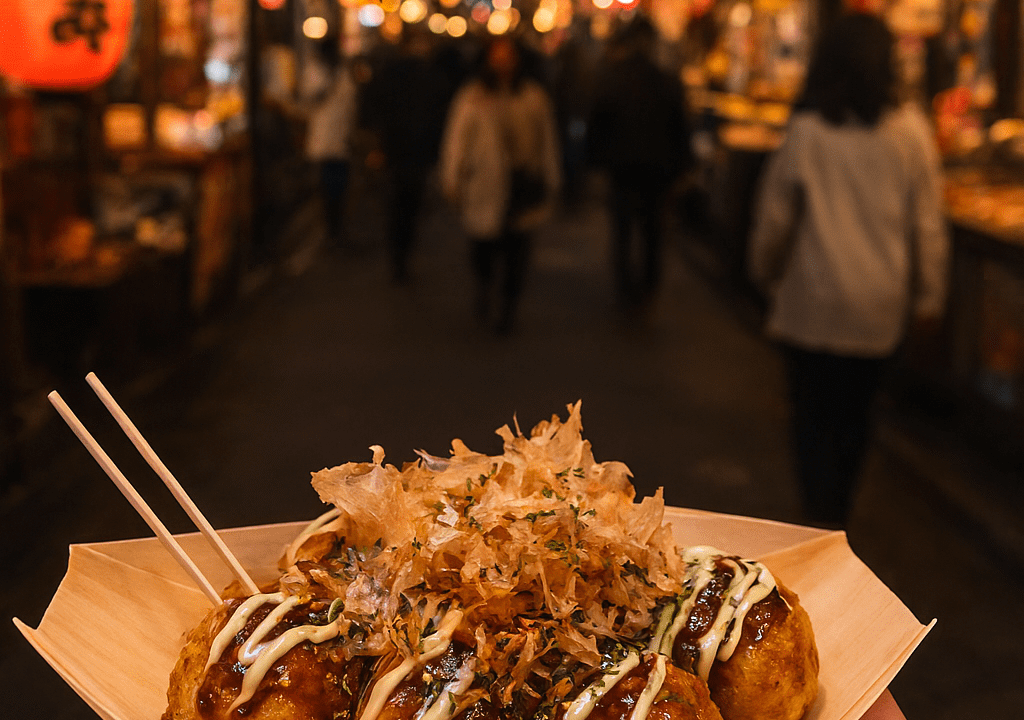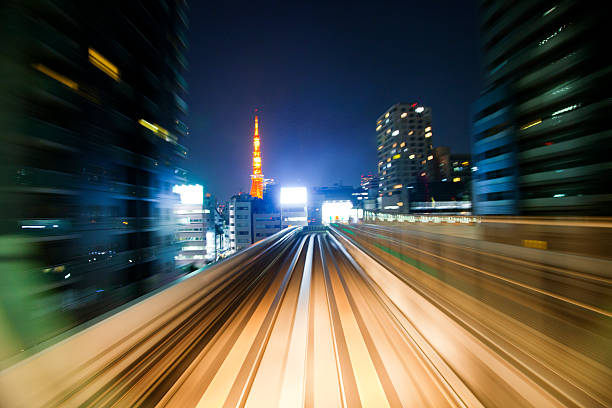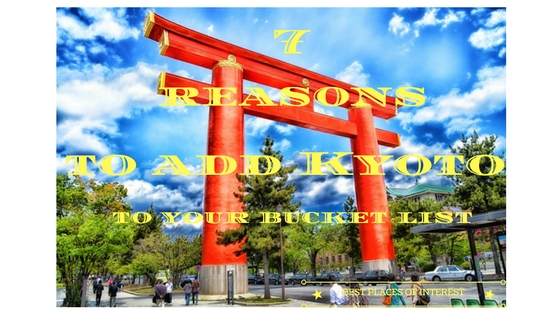If you missed our first stop in Mumbai, where the metro app sets the rhythm, catch up here.”
Tokyo Metro First Impressions: Calm in the Chaos
Minimalism, Precision, and the Rhythm of Arrival
Tokyo’s metro doesn’t shout. It whispers. It moves like clockwork, but feels like poetry. You don’t just ride it—you vibe with it. And somewhere between the Ginza Line and the Marunouchi Line, I saw it: a tiny Labubu doll clipped to a canvas tote, grinning like it knew all my secrets.
That’s Tokyo for you. Even the accessories have personality.
Let’s rewind. The first thing you notice about Tokyo’s metro isn’t the speed—it’s the silence. No one’s yelling. No one’s rushing. The train arrives exactly when it says it will, and people glide in like they’ve rehearsed it. It’s not just efficient—it’s cinematic.
The platforms are clean. Like, museum-level clean. The signage is minimalist, fonts are crisp, and the color-coded lines feel like they were designed by someone who dreams in Pantone. You don’t need to speak Japanese—you just follow the rhythm. And the rhythm is calm.
Tokyo Metro Fashion: Labubu Dolls and Gen-Z Tote Culture
Labubu doll clipped to a canvas tote—Tokyo metro fashion meets emotional storytelling.”
Labubu dolls, originally from POP MART, have become emotional mascots in Tokyo’s metro fashion scene—see how Japan styles them.”
Emotional Accessories in Transit
Now zoom in. The people. They’re in their own worlds. Headphones in, eyes down, fashion on point. You’ll see students in oversized hoodies, office workers in tailored suits, and yes—someone with a Labubu doll dangling from their purse like a tiny emotional mascot. It’s not just cute. It’s a vibe.

Labubu isn’t just a toy here. It’s a statement. A little gremlin with a mischievous grin that says, “I’m weird and I own it.” In Tokyo, that weirdness isn’t hidden—it’s celebrated. You’ll find Labubu clipped to backpacks, swinging from belt loops, or peeking out of metro bags like it’s eavesdropping on your thoughts.
And honestly? It fits. Because Tokyo’s metro isn’t just about getting somewhere. It’s about the in-between. The pause before the doors close. The hush between announcements. The way the city lets you be anonymous but never invisible.
Tokyo Metro Platform Stillness: The Pause Before Motion
Observing the City’s Quiet Choreography
I remember standing on the platform at Shibuya, watching the train pull in. The lights flickered, the air shifted, and for a second, everything felt suspended. The Labubu charm swayed gently from someone’s tote, catching the light like a wink. It was such a tiny detail—but it anchored the moment. A reminder that even in a city of 37 million, someone’s carrying their softness with pride.
Tokyo teaches you to notice. The sound of your own footsteps. The way someone’s coat sways. The quiet choreography of people entering and exiting without chaos. It’s not just transit—it’s texture.
Tokyo Metro Tech Meets Texture: UX, IC Cards, and Vending Magic
When Function Feels Like Design
And the tech? Wild. IC cards that beep like a dream. Vending machines that sell everything from coffee to socks. Station maps that look like they were designed by UX gods. But what stays with you isn’t the tech—it’s the emotion. The stillness. The way the metro lets you breathe without asking questions.
Tokyo Metro Night Ride Reflections: Floating Through the City
Labubu’s Grin in the Quiet Glow

Late at night, riding the Hibiya Line, I watched the city blur past the window. The train was half-empty, the lights were soft, and the reflections danced like memories I hadn’t made yet. The Labubu charm was still there—grinning into the quiet. It felt like Tokyo was saying, “You’re allowed to be strange. You’re allowed to be still.”
Tokyo Metro Final Thoughts: Movement, Meaning, and Emotional Luggage
What the Tokyo Metro Teaches You About Stillness
So yeah, Tokyo’s metro isn’t just a system. It’s a moodboard. A place where silence moves faster than sound. Where fashion meets function. Where even your purse charm has a personality.
If you ever find yourself in Tokyo, don’t just ride the metro. Feel it. Watch the Labubus swing. Listen to the hush. Let the city carry you—not just across stations, but into yourself.
“This is just one stop in our global metro journey. Explore more cities and moods in the Metro Diaries series.”

